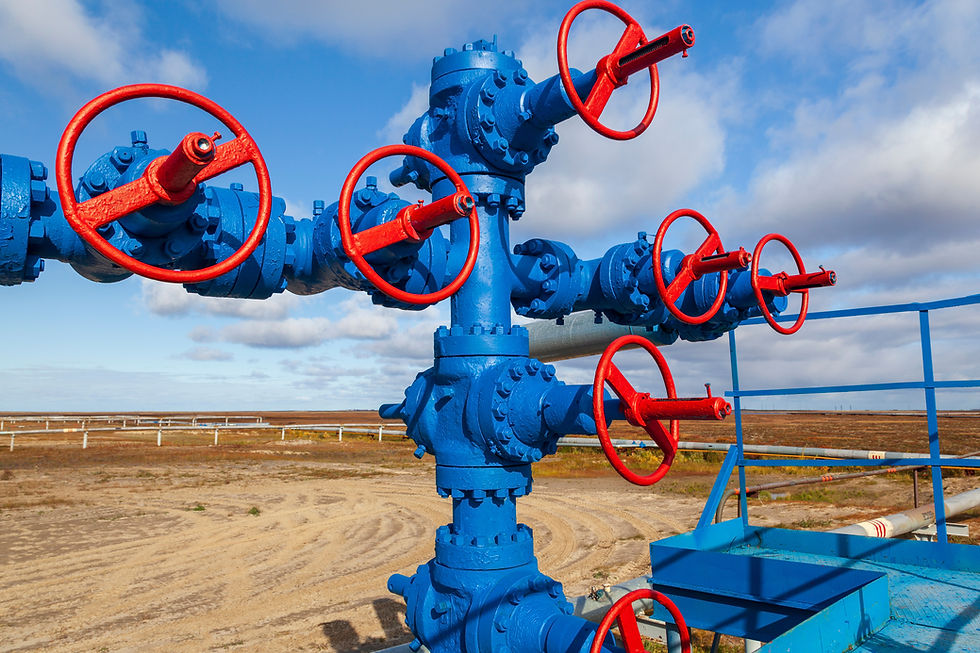New EPA O&G Standards Targeting Methane Emissions
- Max Clark
- Dec 7, 2023
- 2 min read
Impactful changes are coming to the American oil and gas (O&G) industry, as the Environmental Protection Agency (EPA) has finalized new rules on its operations to curb methane emissions. The agency estimates these rules will prevent 58 million tons of methane emissions from reaching the atmosphere between 2024 and 2038.
A first draft of the rule change was unveiled in 2021 at the COP26 climate summit in Glasgow, Scotland, with a second draft released in 2022. EPA Administrator Michael Regan just recently announced the third, and final, draft at the COP28 summit in Dubai. When discussing the impact of the rule changes, Administrator Regan stated that the “new standards will help us meet our international commitments to aggressively tackle climate change while improving air quality for communities all across the country”.
Though the rule changes are designed to reduce overall greenhouse gas (GHG) emissions, methane is the intended target for abatement. Methane, the predominant gas in ‘natural gas’, is 28 times more potent than carbon dioxide in trapping heat within the atmosphere. Methane has an atmospheric lifespan that is significantly shorter than carbon dioxide but it can do more harm in a much shorter time than carbon alone, making it a prime target for emissions reductions.
The rules require O&G companies to adhere to more stringent emissions standards through changes to their operations, equipment, and monitoring processes. Specifically, O&G drillers will need to update historically emissive components of their process, such as pneumatic controllers, pumps, and storage tanks, with newer equipment.
The rules also address emissive operational practices, like flaring. Flaring is the process of burning off unintentionally extracted natural gas, typically a byproduct from an oil well, when it is uneconomical or impossible to sell the gas or reinject it into the well. Under the new rules, flaring will be effectively banned nationally, except in emergencies.
Changes in emissions monitoring do not apply only to O&G companies, but also to environmental and community watchdog groups that monitor the industry’s emissions through the creation of the Super-Emitter Response Program. In earlier iterations of the rules, the program would allow these third-party private groups to report emission leaks to the O&G company directly, which would then be required to address the reported leak. The updated rules still allow, and encourage third-party monitoring, but require incidents to be reported to the EPA, which will then vet the information and respond appropriately.
The updated rules also modify and clarify the schedule in which these rules will be implemented and enforced. To allow the industry to make necessary changes within their operations, the EPA has allotted a time frame of two years for the industry to phase out flaring, and one year to phase in new controller and pump equipment that meets the zero-emission standard.
Reactions from the O&G industry on the new rules are expectedly mixed. However, many O&G companies have either pledged or taken measures to reduce their emissions. One such company is Pittsbrugh-based natural gas producer EQT, which joined 49 other O&G companies in joining COP28’s own Oil and Gas Decarbonization Charter, which pledges to reach net-zero emissions in the industry by 2050.



Comments